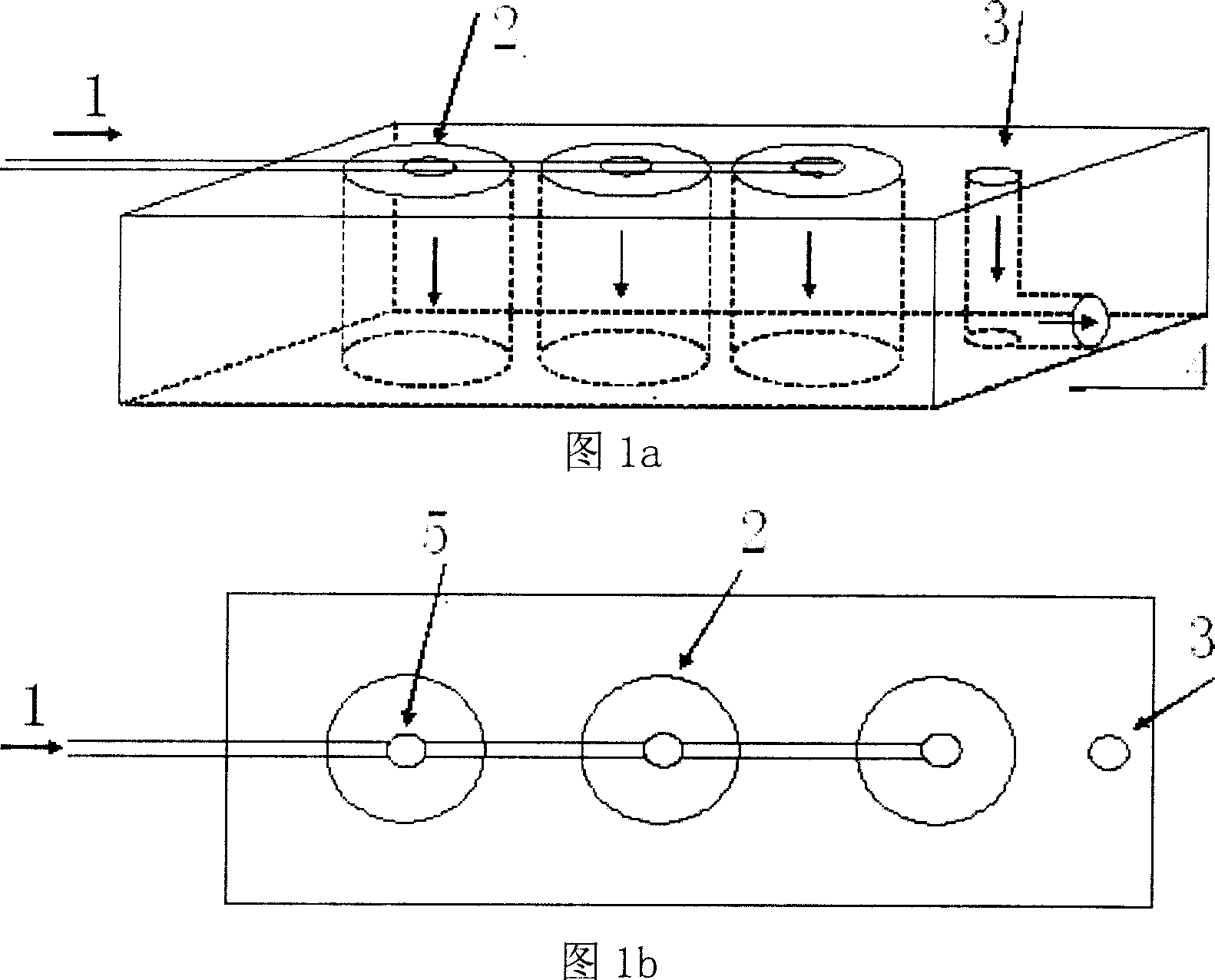Method for breeding triploid monomer oyster in scale
A technology of individual oysters and cultivation methods, applied in climate change adaptation, fish farming, applications, etc., can solve the problems of labor-intensive handling, increased oyster harvest, difficulties, etc., and achieve regular shell shape, large individuals, and fast growth fast effect
- Summary
- Abstract
- Description
- Claims
- Application Information
AI Technical Summary
Problems solved by technology
Method used
Image
Examples
Embodiment Construction
[0031] 1. Breeding of broodlings
[0032] It takes about 35 days to ripen broodstock. The ratio of diploid oysters to tetraploid oyster parents is 10:1. One diploid oyster can produce about 12 million D larvae that can produce young oysters.
[0033] Diploid oysters: select Pacific oysters with a shell length of more than 10 cm and divide them into individual parts, remove surface attachments, wash them, put them in net cages or scallop cages, and gradually increase the temperature to promote ripening after stabilization, and increase the input The amount of bait. and should be served multiple times. The types of bait include Nitztella crescentus, Phaeodactylum tricornutum, Golden algae, and flat algae. Due to the large amount of feces discharged by oysters, the bottom should be sucked in time (and new water should be added). In order to maintain the water quality, the pond should be poured once a day.
[0034] Tetraploid broilers: In the industrialization stage, diploid an...
PUM
| Property | Measurement | Unit |
|---|---|---|
| Particle size | aaaaa | aaaaa |
Abstract
Description
Claims
Application Information
 Login to View More
Login to View More - R&D
- Intellectual Property
- Life Sciences
- Materials
- Tech Scout
- Unparalleled Data Quality
- Higher Quality Content
- 60% Fewer Hallucinations
Browse by: Latest US Patents, China's latest patents, Technical Efficacy Thesaurus, Application Domain, Technology Topic, Popular Technical Reports.
© 2025 PatSnap. All rights reserved.Legal|Privacy policy|Modern Slavery Act Transparency Statement|Sitemap|About US| Contact US: help@patsnap.com



